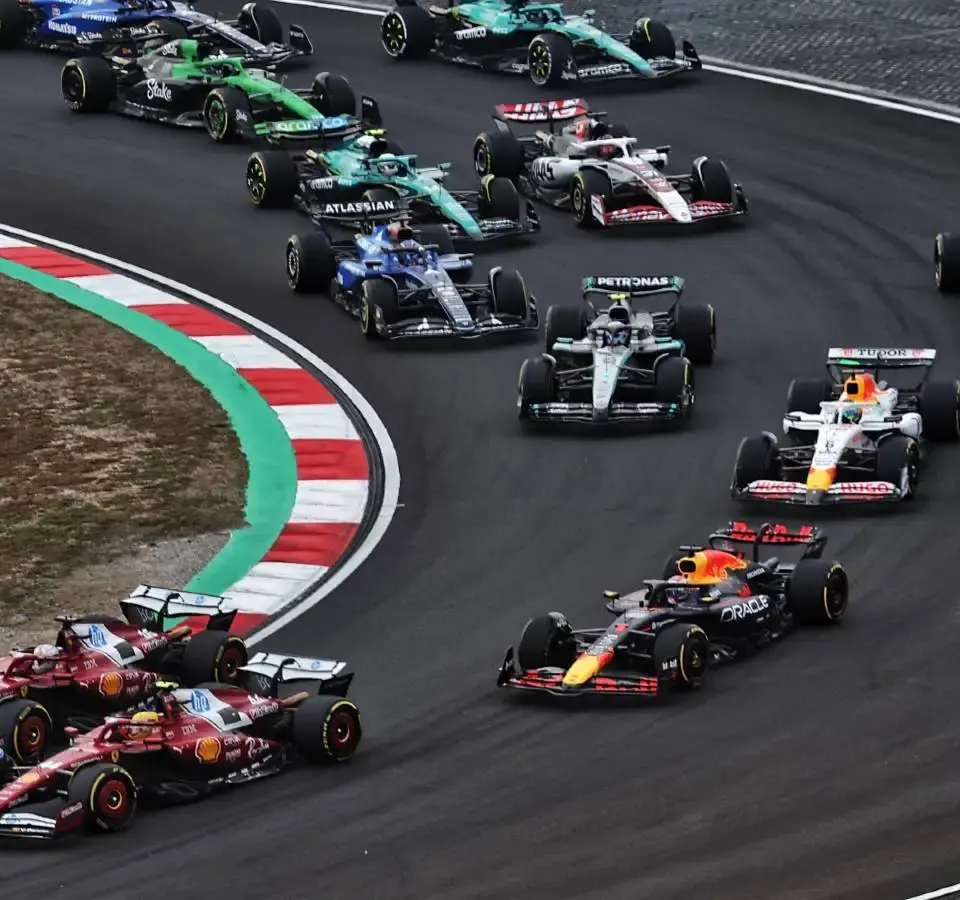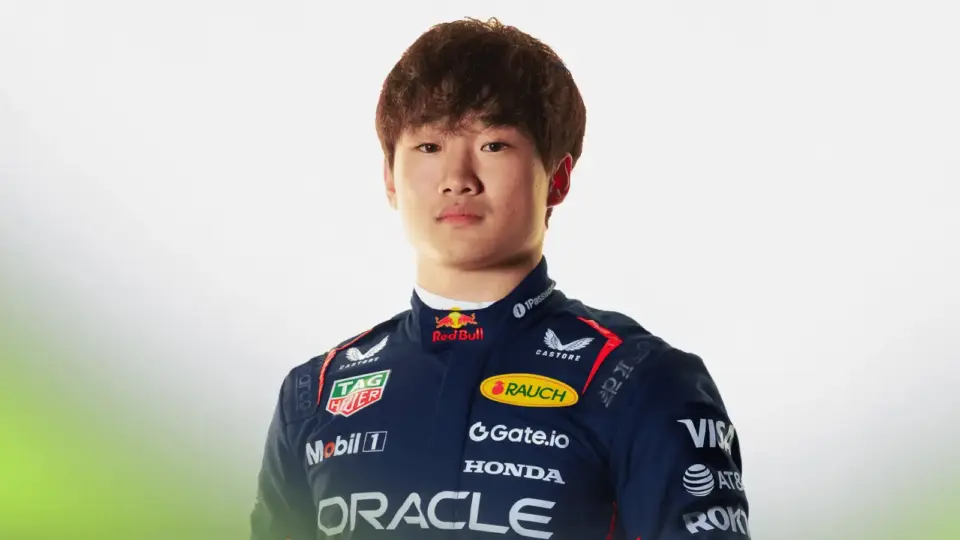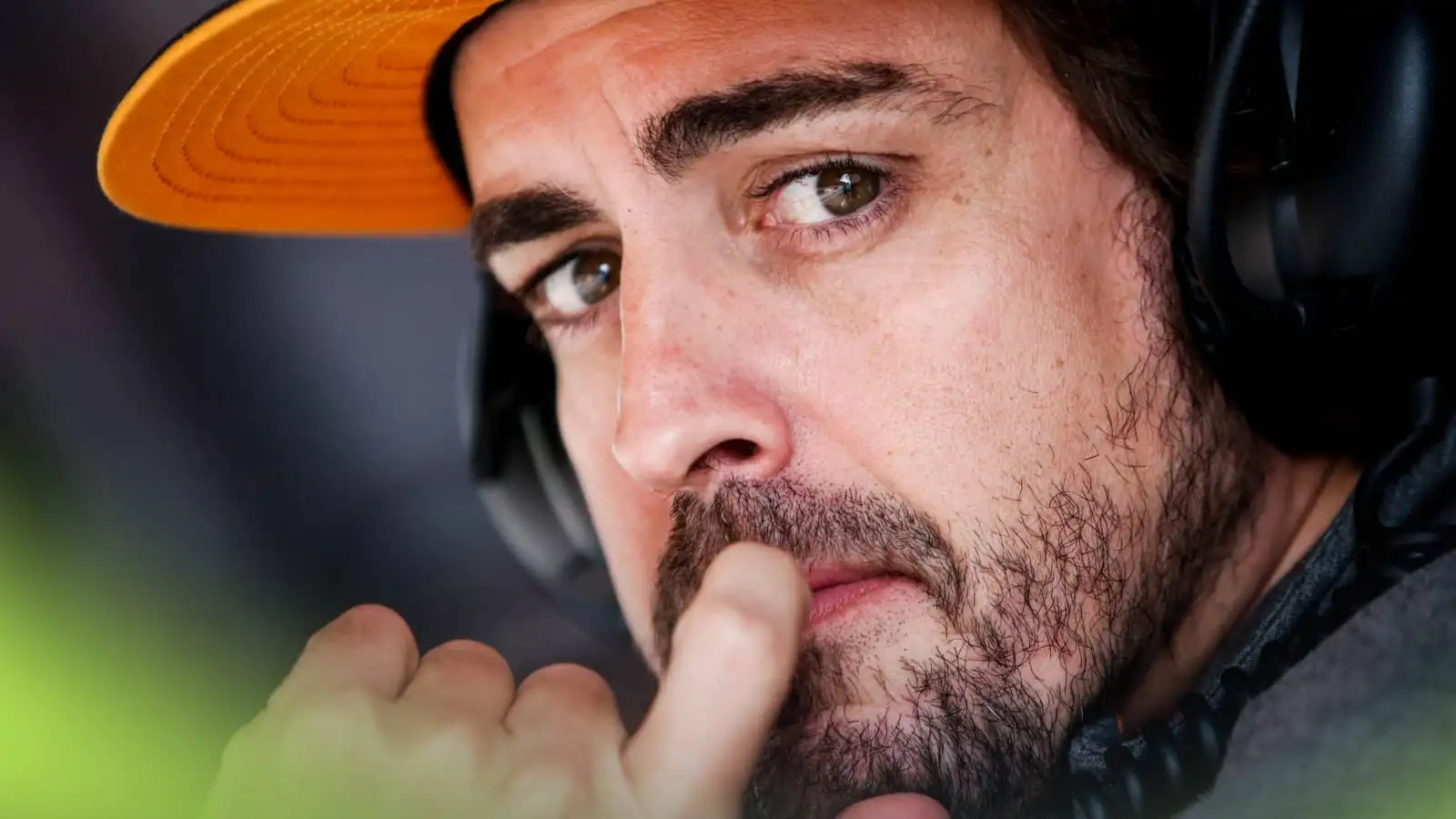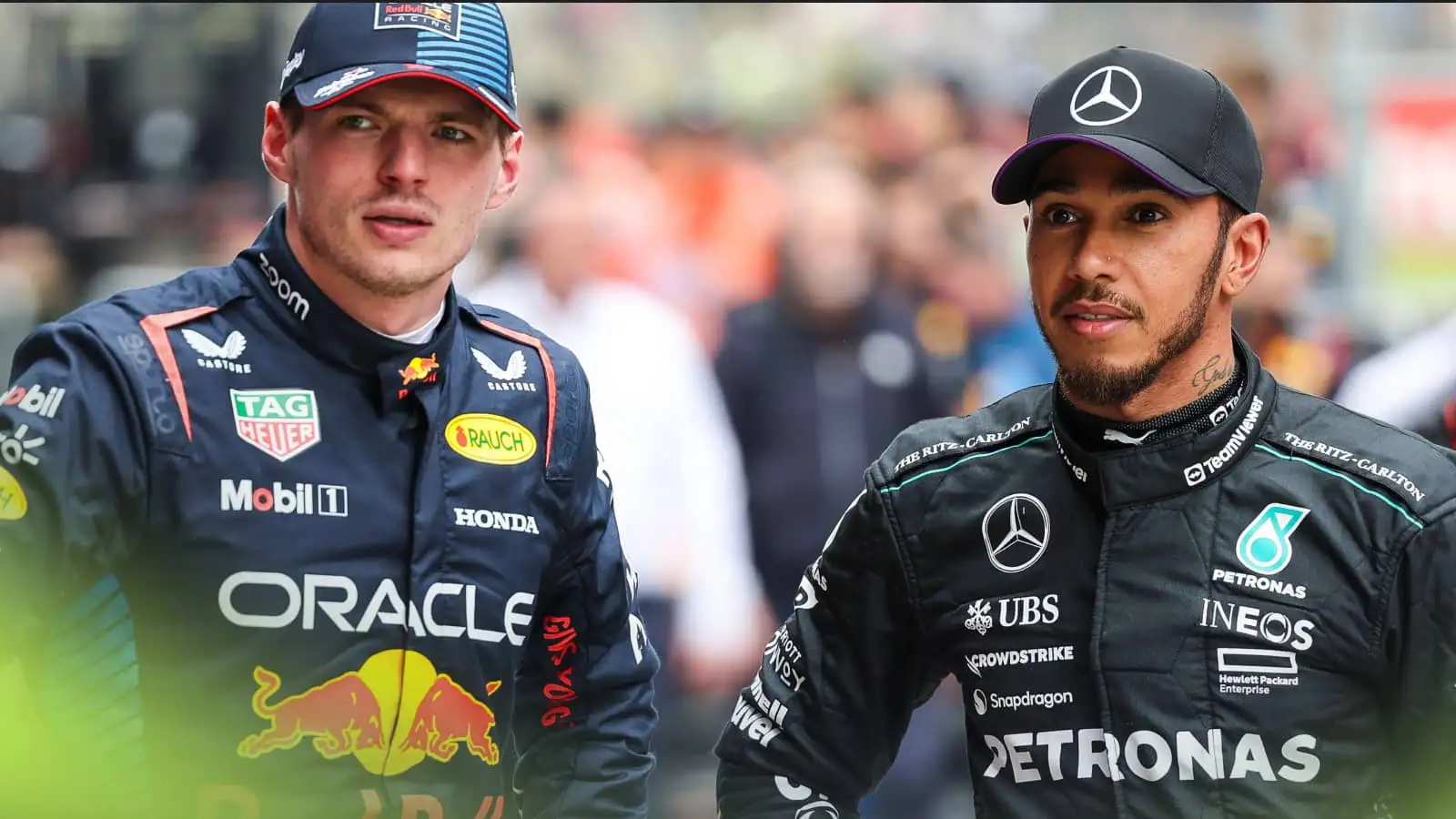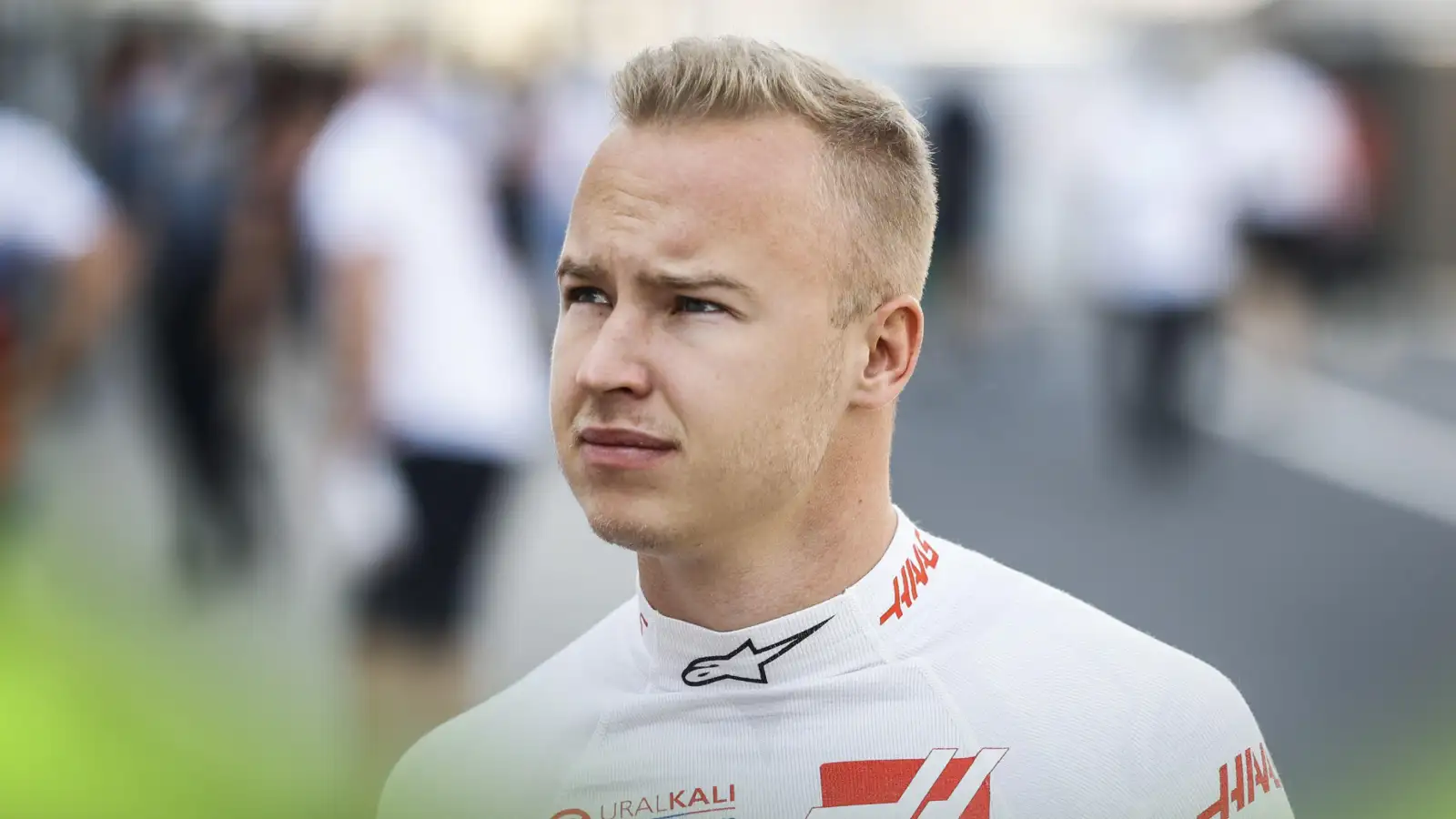The FIA dropped a bombshell revealing that several Formula 1 teams had to adjust their rear wings for compliance.
- Introduced at the Chinese Grand Prix, stricter tests for rear wings shook the F1 world.
- Despite passing earlier tests, about half the grid needed modifications to meet new standards.
- McLaren and Red Bull stood firm, but skepticism loomed over their readiness.
- Future races promise even stricter flexi-wing regulations, putting teams on high alert.
In a surprising revelation, the FIA admitted that nearly half of the Formula 1 teams had to scramble to adjust their rear wings to meet new regulations introduced at the Chinese Grand Prix. According to Nikolas Tombazis, FIA’s director of single seaters, ‘four or five’ teams needed to comply with the tighter guidelines set in China, which significantly reduced wing flexibility tolerances.
Previously, teams had a 2mm margin for wing flexibility, but the new directive sharply reduced this to just 0.5mm, with a temporary tolerance of 0.25mm allowed for this race. While Alpine and Haas acknowledged making minor tweaks to align with these changes, other teams chose to remain silent or claimed no modifications were necessary.
Among the holdouts, McLaren and Red Bull confidently stated they were already compliant, sparking curiosity about their secret to success. Tombazis hinted that although these teams passed the Australian tests, their compliance with the stringent Chinese standards was questionable. He noted uncertainties around McLaren’s claims, which left open-ended questions in the paddock.
Adding another layer of complexity, the FIA confirmed that the temporary 0.25mm tolerance will vanish by the time teams hit the track in Suzuka, Japan. This move signals an even more challenging compliance landscape, with zero room for flexibility mishaps.
This crackdown aligns with the FIA’s ongoing mission to ensure fairness and competition integrity in the sport. As teams grapple with these evolving standards, the scrutiny on their engineering ingenuity is bound to intensify.
The FIA’s flexi-wing clampdown underscores the evolving technological battlefield in Formula 1, demanding teams adapt swiftly.
